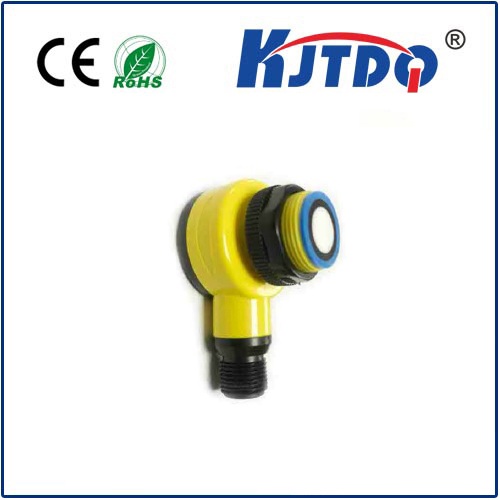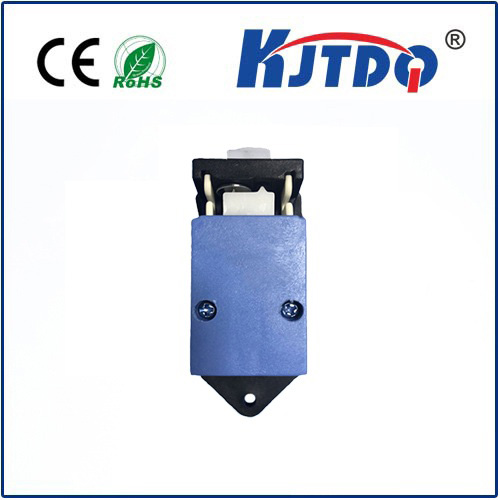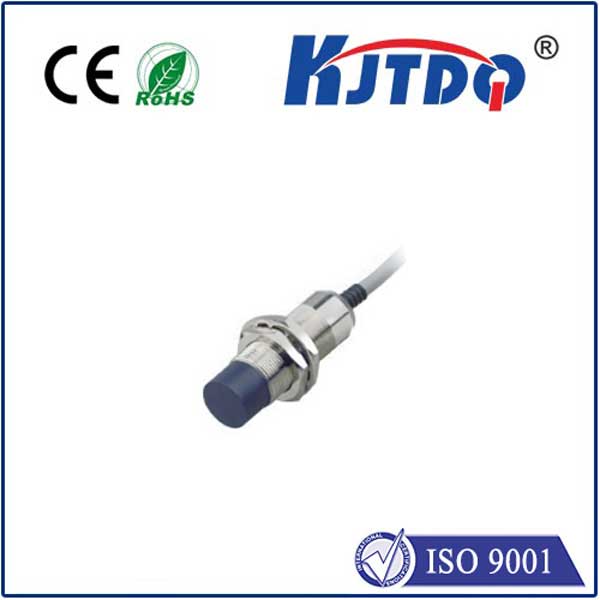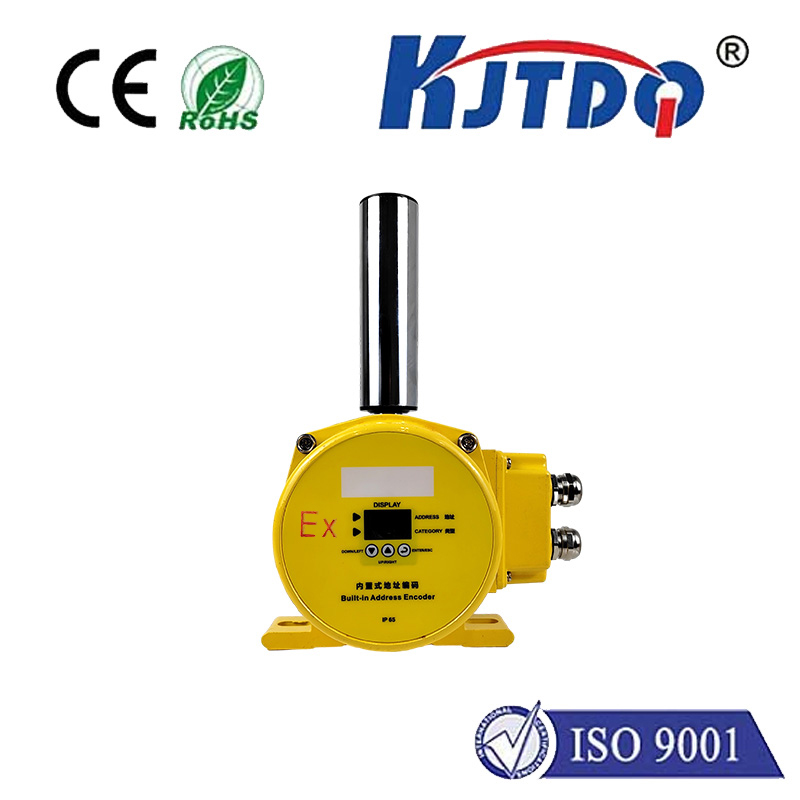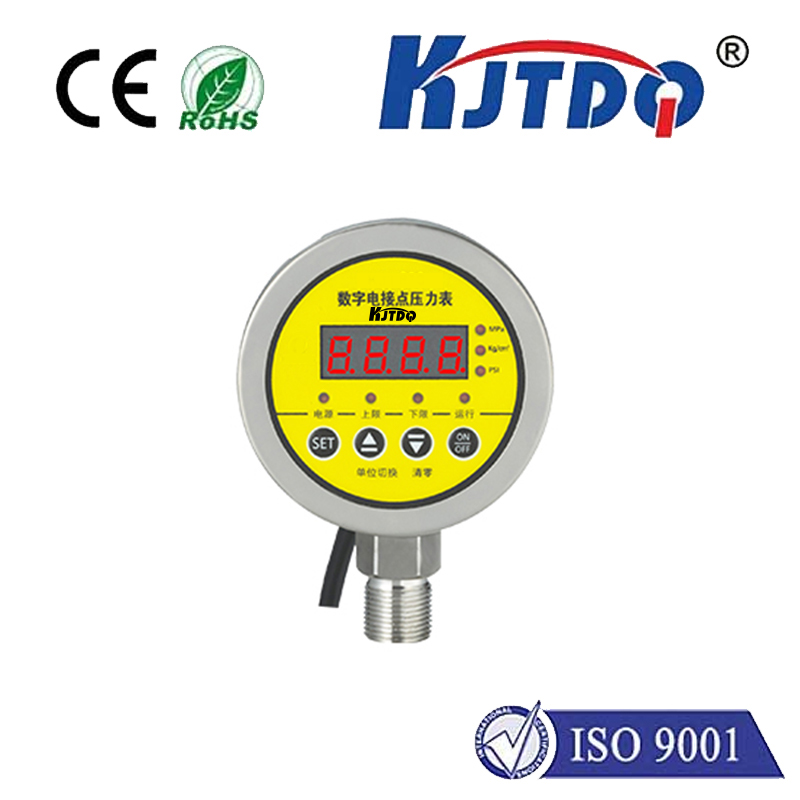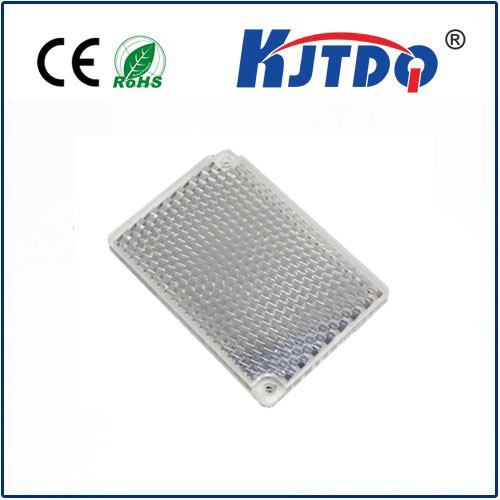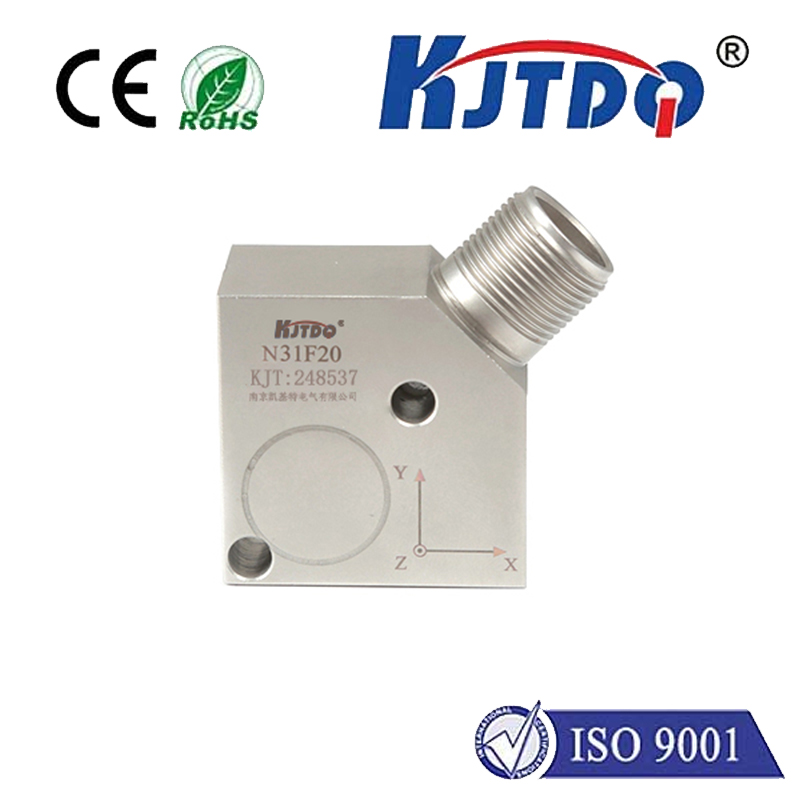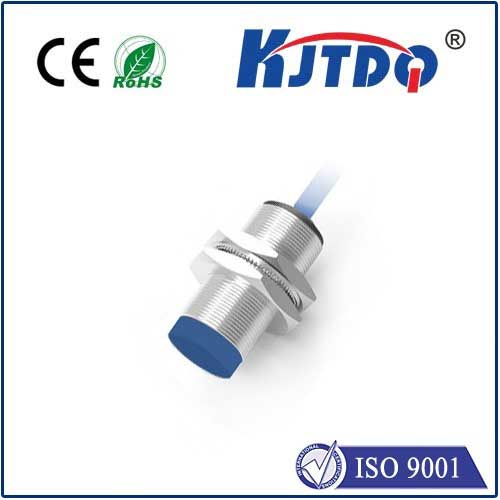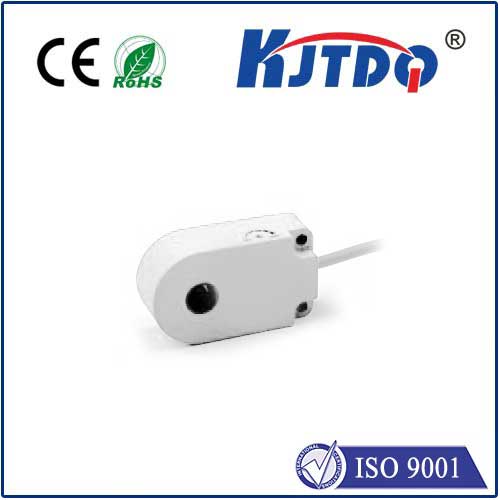
check

check

check

check
Exploring the Importance of Lift Limit Switches in Industrial Settings
In today's industrial landscape, safety and efficiency are paramount. One often overlooked but crucial component that contributes to both is the lift limit switch. This nifty device plays a significant role in ensuring the smooth operation of machinery and preventing accidents, making it an essential piece of equipment in various settings. Let's delve into the world of lift limit switches and explore their significance.
What is a Lift Limit Switch?
Firstly, it's important to understand what a lift limit switch is. A limit switch is an electronic device that detects the presence or absence of an object and operates a switching function when an object reaches a preset position. In the context of industrial lifts, these switches are installed to monitor and control the lifting mechanism, ensuring it does not exceed its designated range or load capacity.
Enhancing Safety Measures

The primary function of a lift limit switch is to enhance safety measures in industrial environments. By setting specific limits on how high or low a lift can go, these switches prevent potential collisions or overloading incidents. For instance, if a lift reaches its maximum height, the limit switch will automatically stop the lifting mechanism, avoiding any damage to the structure or injury to operators.
Maintaining Efficiency and Precision
Beyond safety, lift limit switches also contribute to operational efficiency and precision. They allow for precise placement of materials at different levels within a facility. This precision reduces waste and downtime, ultimately leading to increased productivity and cost savings for businesses.
Wide Applications in Industry
Lift limit switches find applications across various industries, including manufacturing, construction, logistics, and mining. In manufacturing plants, they might control conveyor belts or robotic arms moving materials from one station to another. In construction sites, they could monitor hoists transporting workers and equipment between floors. In warehouses and distribution centers, limit switches ensure that forklifts do not exceed storage rack heights.
Technological Advancements
As technology advances, so too does the functionality of lift limit switches. Modern switches may feature programmable logic controls (PLCs), which offer greater flexibility and customization options. They can be integrated with sensor technologies for real-time monitoring and adjustment based on changing conditions or loads.
Maintenance and Reliability
Despite their durability, regular maintenance is crucial to keep lift limit switches functioning optimally. Routine checks should be conducted to ensure proper alignment and clean contacts, preventing false readings or failures. Proper maintenance not only prolongs the lifespan of the switches but also maintains their reliability in critical situations.
Conclusion
In conclusion, the humble lift limit switch plays a vital role in maintaining industrial safety and efficiency. It serves as a silent guardian, ensuring that machinery operates within safe parameters while maximizing productivity. As we continue to embrace technological advancements, understanding and appreciating the importance of components like the lift limit switch becomes increasingly essential for those working in industrial settings. By recognizing their significance and implementing proper maintenance regimes, businesses can reap the rewards of safer environments and streamlined operations thanks to this unassuming yet crucial device.
